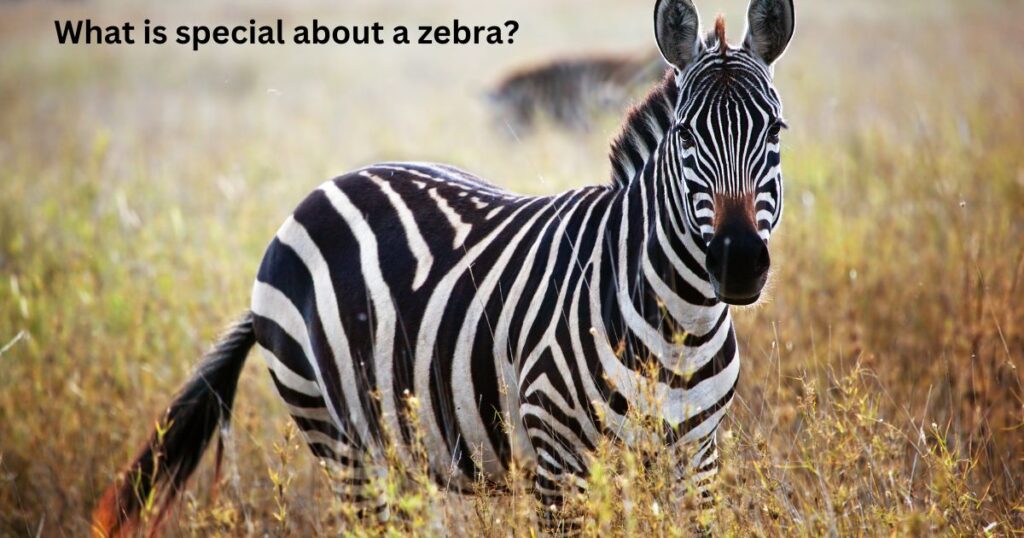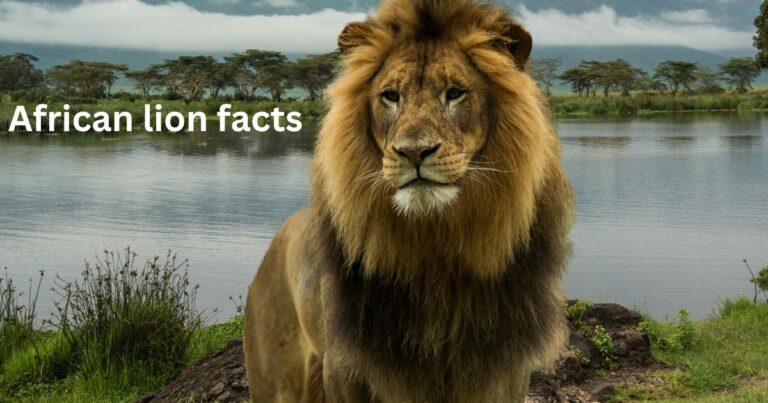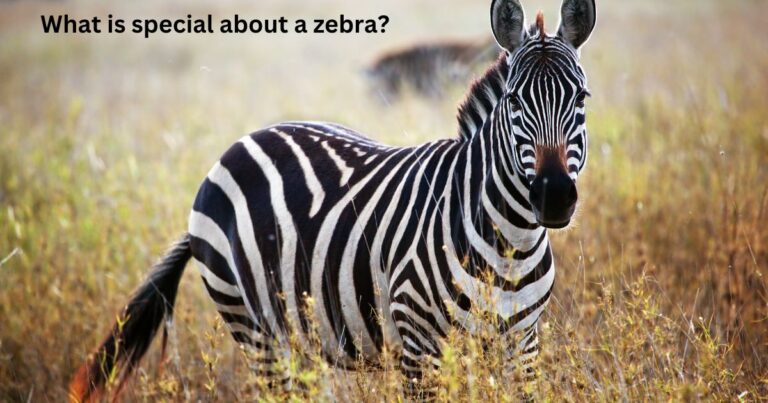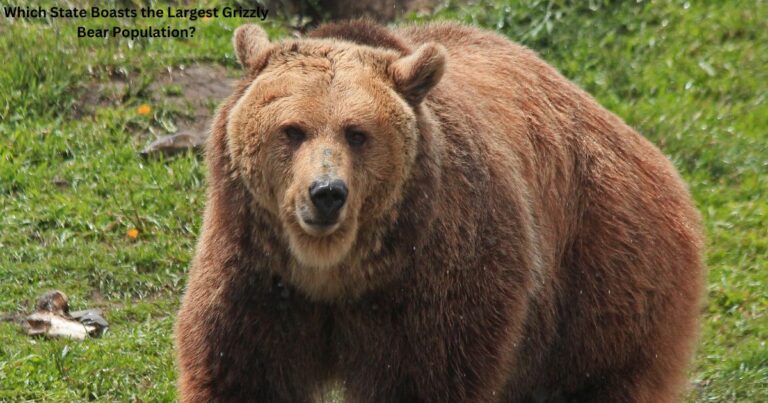
Introduction
Zebras are among the most recognizable animals in the world, known for their striking black-and-white striped patterns. Found in Africa’s grasslands and savannahs, these herbivores are not just visually captivating but also vital to the ecosystems they inhabit. Despite their common appearance in wildlife documentaries and zoos, zebras possess unique characteristics that set them apart from other animals. This article explores what makes zebras so special, including their stripes, social behavior, and ecological importance.
The Unique Stripes of Zebras
One of the most distinctive features of zebras is their stripes. While the exact purpose of these stripes has puzzled scientists for years, several theories explain their significance:
- Camouflage and Protection
The stripes create an optical illusion, blending zebras into their surroundings. This makes it harder for predators to single out an individual zebra, especially in a group. - Thermoregulation
Research suggests that the stripes help regulate body temperature. The alternating black and white patterns may create airflows that cool the animal. - Insect Repellent
Another theory posits that the stripes deter biting insects, such as flies and mosquitoes, which are less attracted to striped surfaces.
Social Behavior and Communication
Zebras are social animals that live in groups called harems or larger herds. Their social structure and behavior make zebras particularly special:
- Strong Bonds
Members of a zebra group groom each other to strengthen social ties. This grooming helps maintain harmony within the group. - Vocalizations and Expressions
Zebras communicate using a range of sounds, including barks, snorts, and whinnies. They also use facial expressions and ear movements to signal mood and intent. - Group Defense
When threatened by predators, zebras exhibit remarkable teamwork. They form a protective circle around young and weaker members, with the stronger ones standing guard.
Ecological Importance of Zebras
Zebras play a critical role in their ecosystem:
- Maintaining Grasslands
As grazers, zebras consume tough grasses, preparing the land for other herbivores that prefer softer vegetation. - Seed Dispersal
Through their droppings, zebras help in the dispersal of seeds, aiding plant regeneration. - Supporting Predators
Zebras are a key food source for predators like lions and hyenas, maintaining the balance in the food chain.
FAQs aboutWhat is special about a zebra?
Zebras have stripes for camouflage, thermoregulation, and possibly as an insect repellent.
Are zebras black with white stripes or white with black stripes?
Zebras have black skin, and their stripes are a pattern of white fur over the black background.
How fast can zebras run?
Zebras can run up to 65 kilometers per hour, making them swift and agile animals.
What do zebras eat?
Zebras are herbivores, primarily feeding on grasses, but they also eat leaves, bark, and shrubs when necessary.
Can zebras be domesticated?
Unlike horses, zebras are difficult to domesticate due to their strong survival instincts and unpredictable behavior.
Conclusion
Zebras are extraordinary creatures with a blend of beauty, functionality, and ecological significance. Their unique stripes, social behaviors, and contribution to the environment highlight their importance in the natural world. Understanding what makes zebras special allows us to appreciate not just their physical features but also their role in sustaining biodiversity.







